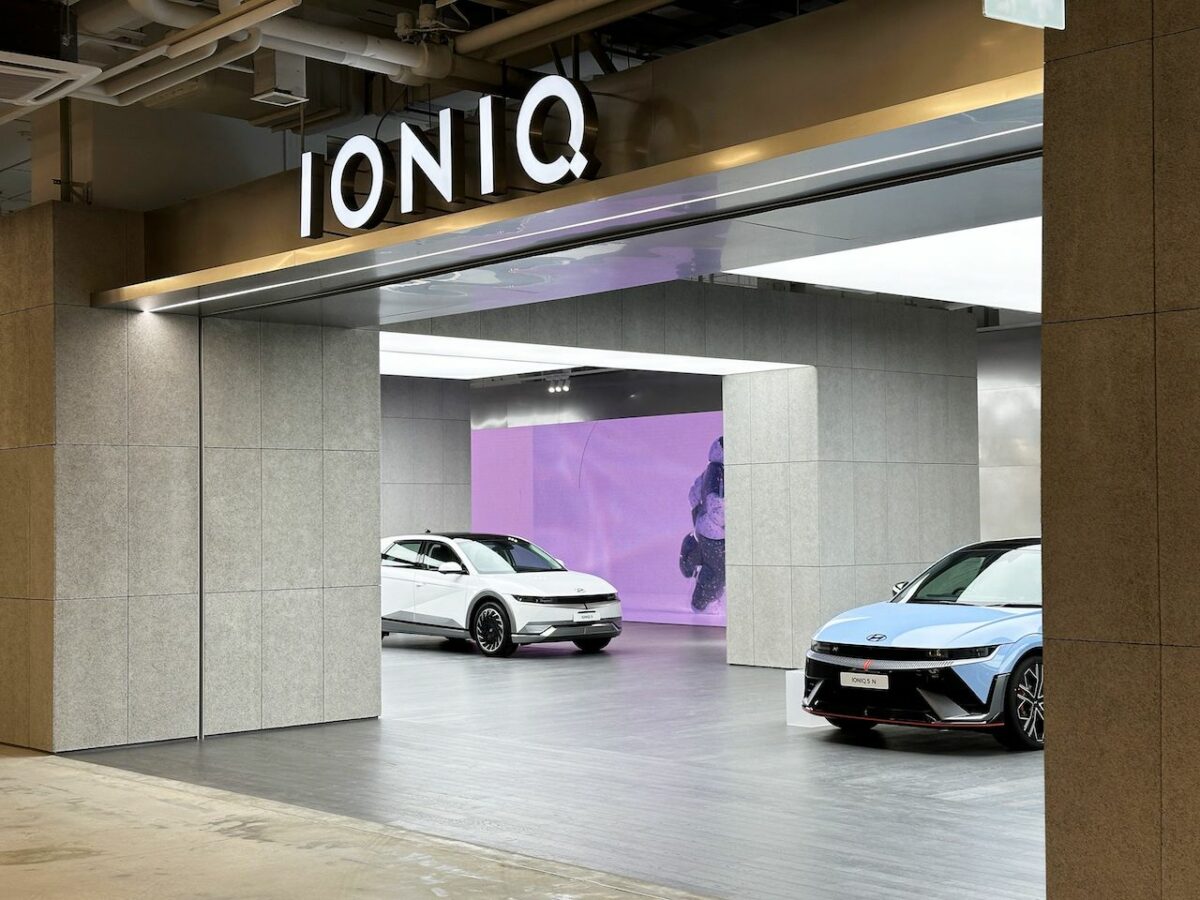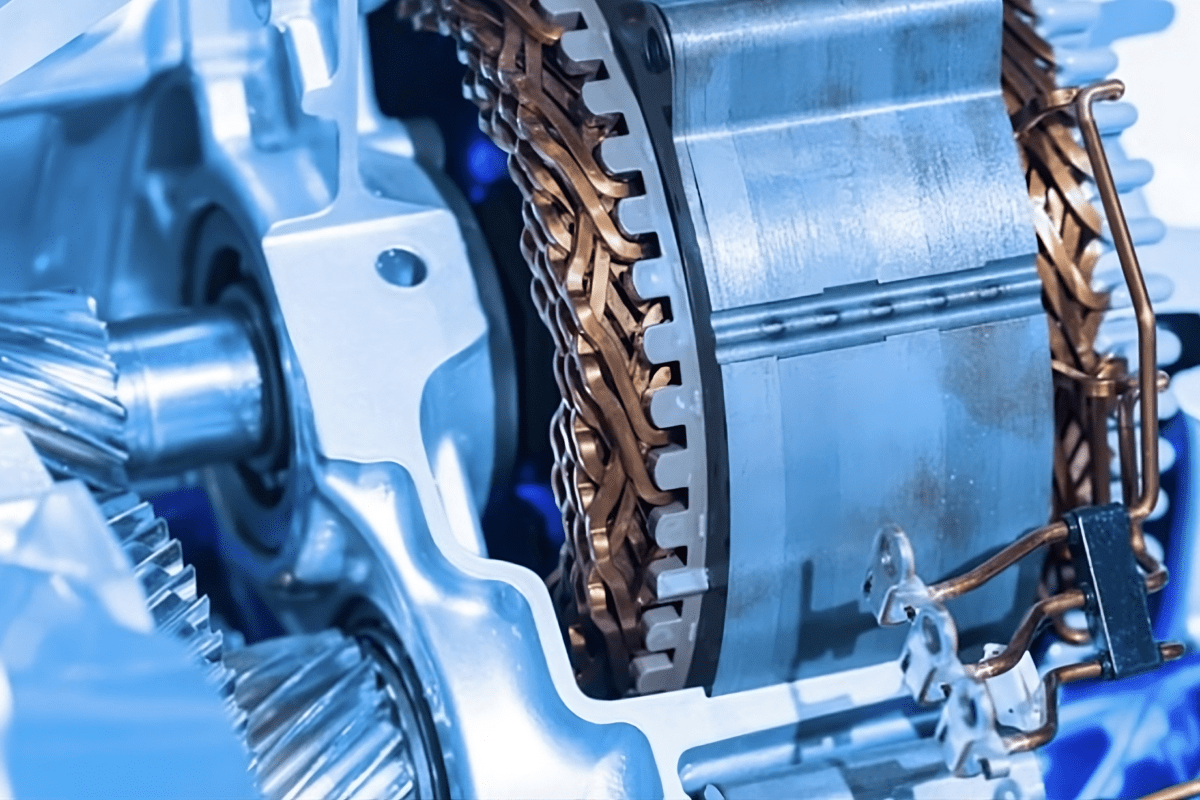Dr Kay Segler has been with BMW since 1988. In May 2011, he assumed the role of Senior Vice President Mini Business Coordination and Brand Management after two years as the President of BMW’s M division. In an interview with Automotive World at the 2012 Paris motor show, Segler discussed the performance of the European market, the relative performance of the Mini brand within that market, and the growth of the brand outside Europe. Sustaining that growth requires sufficient manufacturing capacity, and Segler confirmed that talks have continued with VDL over the possible use of NedCar, the former Mitsubishi facility in the Netherlands. An expansion of the range to ten models remains on the cards, and with “more ideas than we can realise”, the real challenge for Mini is to decide which ideas are the best to pursue.
Automotive World: How do you see the prospects for the premium small car market in Europe this year and beyond?
Dr Kay Segler: Regardless of premium or mainstream, small or large vehicles, the market in general is very difficult in the south, but the further north you get, towards Norway, the more positive it becomes. When it comes to the segments, there’s a quite an interesting development. It seems that, especially in the south, the mass market is collapsing, and so are certain segments, due to some duty changes, and the very expensive luxury segment also has some problems in Italy and France, benefiting those in a very unique position. We are, for instance, one of the only brands in France that is growing. We only saw a slight decrease in Italy. In the Netherlands, we are growing by 19%; and in Switzerland by 13%. Even in very difficult markets like Portugal and Spain, we are gaining market share. It’s because of the very specific position of Mini in these markets.

AW: Within those percentages, is it the new models that are helping you to maintain or gain those shares?
KS: Indirectly, yes. The usual sales curve for any model rises and then falls away after a few years. When it comes to Mini, the curve rises and then remains high. Even in the sixth year, the hatch with the derivatives is very stable and even increasing; and this is not due to adding new markets but to gaining market share. The age of the Mini in the model lifecycle is less important than for others. In others, the question of newness is very important. For Mini, it’s a question of style.
AW: What is more important – volume or market share?
KS: We are not chasing volume. I think it’s a question of how consistently you develop the brand. We are developing the brand and sales are coming as a result. If we do the opposite and set absolute sales targets, then it might lead to things which you should not do in the market.

AW: How is the brand performing outside Europe, and where do you anticipate generating growth outside Europe?
KS: We are now in 102 countries. We added Indonesia and India this year. We entered almost all other markets from the outset. We have seen very strong growth in certain markets, for example the United States, where we were up 10% year-on-year; Canada it was plus 30%; Mexico, plus 30%; Latin American, plus 50% and Japan, plus 27%. Japan is very interesting. Some people see Japan as a saturated market, but you can still succeed there. In New Zealand we have grown by 63%.
AW: How important are emerging markets to a brand like Mini?
KS: In terms of the brand, emerging markets are very important. For volume, they are less important. We will do a couple of hundred units in India, because it’s highly duty-laden, but we have millions of Facebook fans. Our third biggest Facebook community is in India. Mini is more than a car – it’s a community, even for people who cannot afford a Mini.
AW: Within the BMW Group, how do Mini and BMW collaborate on technology and how do you differentiate the two brands and their British and German heritages?
KS: In terms of sales, communication and customer contact, we already separate the brands. In terms of technology, we are always looking, not at the word synergy, but at what the BMW Group has to offer, be that engines, future gearboxes, connected technology and so on. We benefit from having access to that technology off-the-shelf.

AW: With that in mind, do you have any concerns about using common technology in Minis and the lower end BMW models?
KS: No. The overlap, when it comes to our customers, is minimal. I think we made the right decision from the beginning to really develop brands separately, and Mini was and still is one of the examples of how to develop a brand in cars and derive everything from the branding perspective. Now, others are trying to do it too, which is good. And this is the right thing to do. Technology can be a commonality and the customers love this because they benefit from it.
AW: How do you intend to meet demand? Are you in danger of reaching maximum capacity at Plant Oxford?
KS: No. In Oxford, we are currently working five days a week from six o’clock in the morning until four o’clock the next morning. But we do it in a very consistent way. If we build up some lead time for the customer, he’s willing to wait another month, that’s no problem. We are never pushed by production numbers because we are really closely linked and we can react to the market. But at the moment it’s an ideal combination in Oxford. All the hatches and derivatives are produced there, so when we have one roadster more or convertible more, we can really play with the portfolio. We are not forced into pushing one model or another, or reducing or adding capacity, because this is one group. The other production is around Countryman and Paceman. There may now be a higher number of orders for Paceman and maybe fewer for the Countryman, or the other way around, it’s no problem. We can cater for that volume. In Austria, there’s also additional volume available. In the short term, we do not need to deal with any bottlenecks.
AW: There were reports in recent months that Mini is looking for additional capacity in Europe. What can you say about this?
KS: We are in talks with NedCar. There might sooner or later be an announcement on this.

AW: So those talks are on-going even though the plant has been sold by Mitsubishi to VDL?
KS: Yes. Everything is transparent to the public and to us. We are not buying the plant and we are not the owner. There is no bottleneck in our production system – not now and not in the future. We are just preparing for future growth. We are just consistently developing sales volume. That’s exactly what markets and dealers can swallow. We try to avoid growing too fast one year and collapsing the following year.
AW: There has been discussion about the possibility of extending the brand to ten models. Can you please comment on this?
KS: Yes. We have said ten models by 2020. We have a very clear plan. In a regular sequence, we are releasing new models, like the Paceman, so that there is always something new in the model line-up. But not too many cars in one year – we do it on a very steady basis. Under Mini, we can revolutionise demand in the segments, but we cannot do too many. We have many more ideas than we can realise. Paceman is model number seven, but I have more than three ideas in future, so we have to decide in the years ahead which will be the best.
AW: So we can expect regular product launches from Mini over the next eight years or so?
KS: Yes. It’s about developing the brand, steadily and without rushing, so that everybody can grow with it.

AW: The Mini E obviously made a big impact and generated considerable positive media coverage. Do you plan to use Mini to try out different powertrains? Could Mini become a low emission brand for BMW?
KS: It’s not for BMW; it’s for the whole industry. At 128g CO2/km, we have the premium brand with the lowest emission in Europe. You can buy even a diesel Clubman with consumption of 3.9 litres per 100km. We are already offering tremendous fuel efficiency. The Mini E was a great experience. Mini customers are open to electric cars, and we learned a lot for all the other projects about how the customer uses an EV – nobody actually knew how the customer would recharge their car. Will they do it at home, the office, in a shopping mall? The BMW Group gained a lot of experience. It’s the fleet with the biggest mileage of all electric fleets. Nobody has more experience in customer use of the electric drive than Mini, or BMW Group. And this is of benefit for BMW i definitely. But what we will do out of it has to be seen.
AW: Are there any considerations to develop a hybrid powertrain or an electric Mini as a production model?
KS: We are discussing all sorts of things, but it’s premature to really determine what we’re going to do. We can offer a lot Within BMW Group’s ‘Baukasten’ [module] system. But when it comes to electric or plug-in cars, for example, the regulators play a very decisive role. Regulators are not only national but sometimes cities, such as London, They can change the whole system of demand by just changing a detail. Maybe 10km electric range is not enough, you have to offer 15km. All of a sudden you cannot do it, and you are out of the market. So the BMW Group’s ability to offer a variety of different technologies is tremendous.
AW: Finally, do you plan to develop a Mini sub-brand similar to BMW i?
KS: No. Again, we can do so much but we have to concentrate on very specific things one by one.
Martin Kahl is Editor, Automotive World editorial@automotiveworld.com



